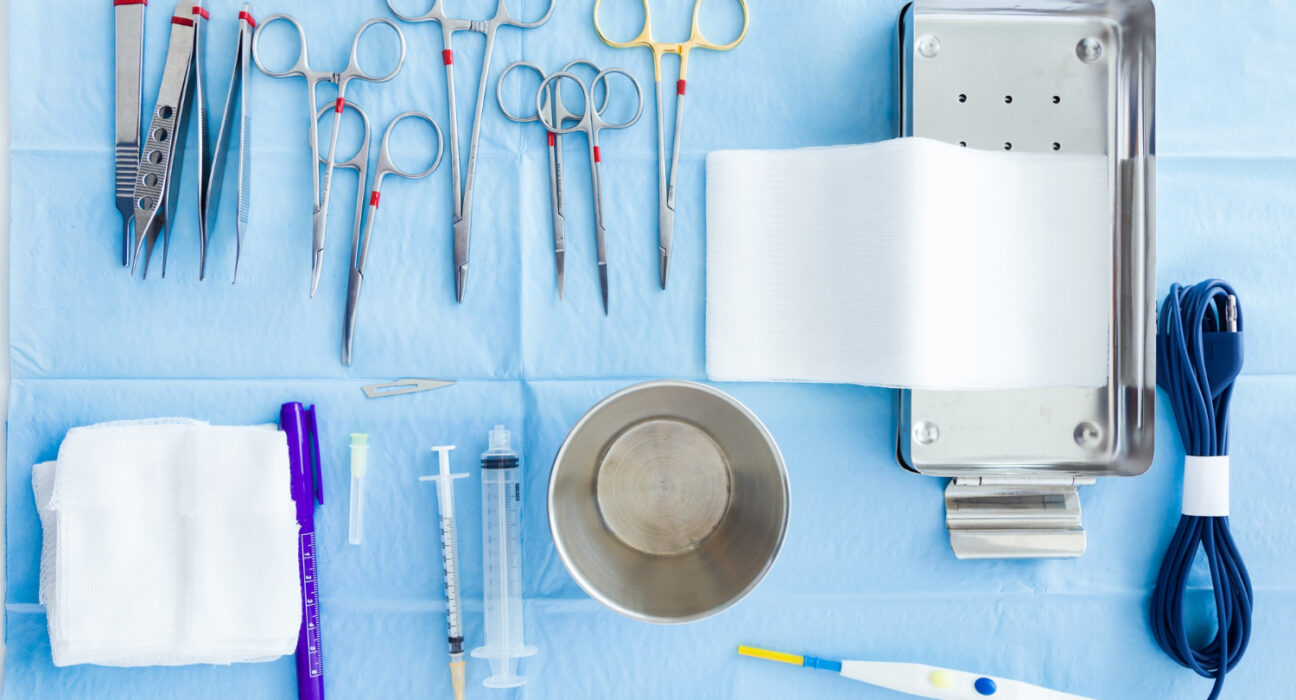In the healthcare industry at the start of the 21st century, having access to reliable and up-to-date equipment is essential if you want to provide quality patient care. However, purchasing healthcare equipment outright can often be a significant financial burden for many healthcare facilities to incur. As a result, leasing healthcare equipment may become a practical and cost-effective solution for your healthcare facility. Keep on reading this article because it will guide you through the essential steps to take if you are considering leasing healthcare equipment for various reasons.
- Assess your needs
- Research several companies
- Evaluate leasing options
- Understand the terms and conditions
- Inspect the equipment
A. Assess your needs
You must start by assessing your specific equipment needs. It is essential to identify the type of healthcare equipment leasing that is required for your facility, such as diagnostic machines, patient monitoring systems, imaging equipment or surgical instruments. It is imperative to determine the quantity, specifications and features that you need to meet your patient care demands.
B. Research several companies
The second step is to research and identify reputable leasing companies that specialize in healthcare equipment leasing in Australia. You must look for companies with a proven track record in the marketplace as well as excellent customer reviews and a wide range of equipment options. It is essential to consider their expertise in the healthcare industry as well as their ability to provide ongoing maintenance and technical support for the equipment you want to lease.
C. Evaluate leasing options
Once you have created a shortlist of potential leasing companies, you should evaluate the leasing options they offer. It is imperative to consider several factors,including lease duration, payment terms and any additional fees or charges. You should determine whether a short-term or long-term lease is more suitable for your requirements as well as assess the potential for equipment upgrades or additions to accommodate future growth or technological advancements.
D. Understand the terms and conditions
Furthermore, you should thoroughly review the lease agreement and understand the terms and conditions before signing on the dotted line of any contract. It is essential to pay attention to details such as the lease period, monthly payments, penalties for early termination or equipment damage and responsibilities for equipment maintenance and repairs.
E. Inspect the equipment
Lastly, before you finalize a lease, you should inspect the healthcare equipment you intend to lease to ensure that it meets your facility’s quality standards and regulatory requirements. You should also test the equipment’s functionality and request any necessary certifications or documentation that may accompany the equipment. You should also confirm the equipment’s maintenance history and inquire about the leasing company’s policies for equipment replacement or repairs. It is also imperative to discuss and clarify the maintenance responsibilities with the leasing company.
To summarise, leasing healthcare equipment can provide healthcare facilities with a flexible and cost-effective solution for accessing the latest medical technology by assessing your equipment needs, researching leasing companies and carefully evaluating the available leasing options, you can make an informed decision that aligns with your facility’s needs.


Leave feedback about this